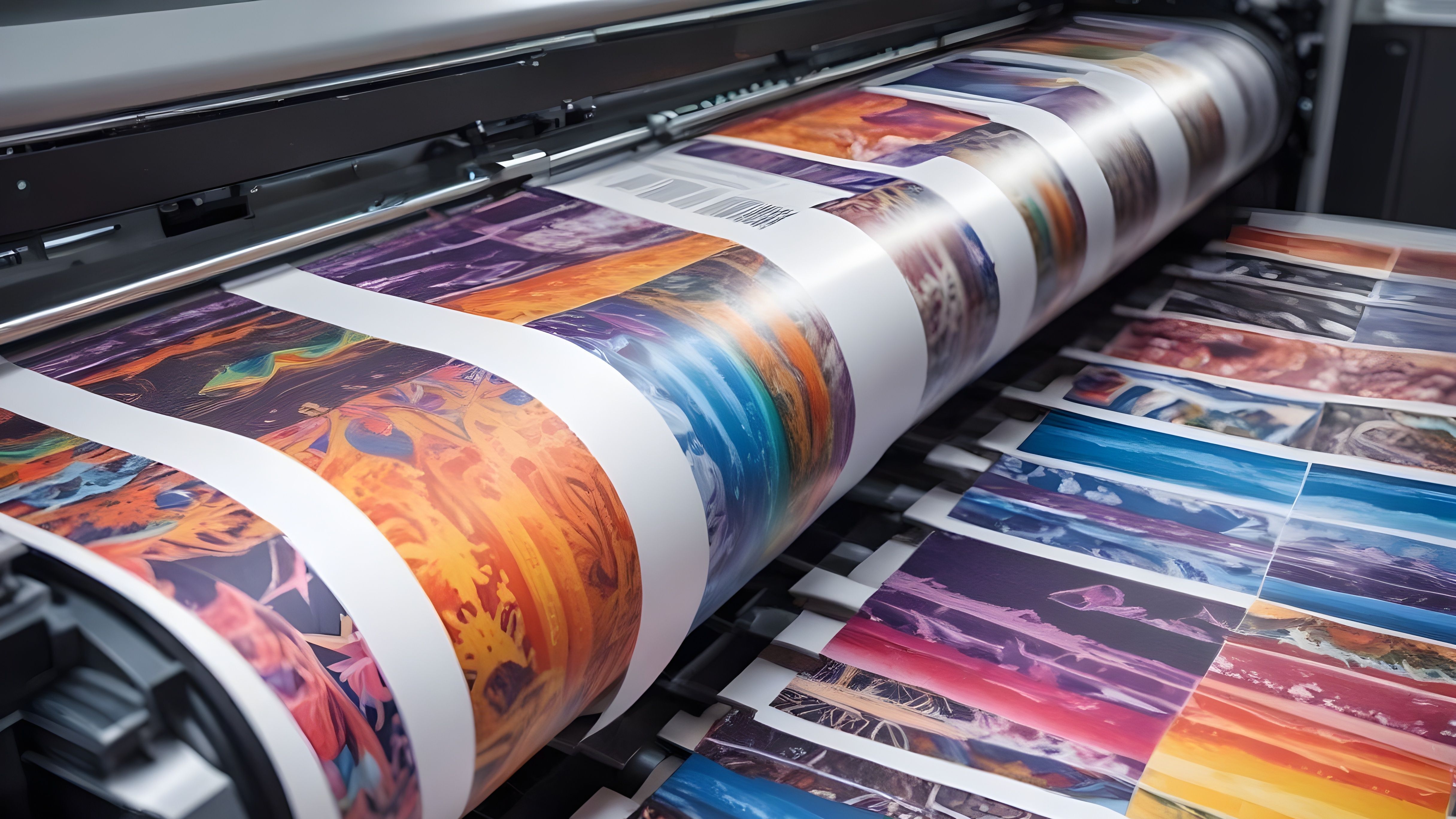Understanding Different Types of Laminating Films and Their Uses
Laminating films are essential for protecting and enhancing the appearance of printed materials. They provide a durable, professional finish that can extend the life of documents, photos, and other items. However, not all laminating films are created equal. Different types of laminating films offer various benefits and are suited to different applications.
A comprehensive guide to understanding the different types of laminating films and their uses
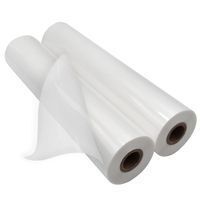
1. Thermal Laminating Films
Thermal laminating films are the most common type used in both home and professional settings. These films require heat to activate the adhesive, which bonds the film to the material being laminated. Thermal laminating films come in various finishes and thicknesses, making them versatile for a range of applications.
Glossy Finish: Glossy thermal laminating films provide a shiny, reflective surface that enhances colors and makes images pop. They are ideal for photos, presentation covers, and marketing materials where visual impact is important.
Matte Finish: Matte thermal laminating films offer a non-reflective surface that reduces glare and fingerprints. They are perfect for documents that will be handled frequently, such as menus, instructional materials, and certificates.
- Velvet Touch Finish: Satin thermal laminating films provide a balance between glossy and matte finishes, offering a subtle sheen that enhances the appearance without being overly reflective. They are suitable for a wide range of applications, including book covers and posters.
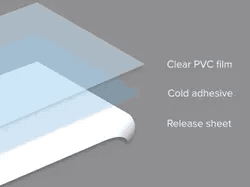
2. Cold Laminating Films
Cold laminating films, also known as pressure-sensitive films, do not require heat to activate the adhesive. Instead, they use pressure to bond the film to the material. Cold laminating films are ideal for heat-sensitive materials and can be used with a cold laminating machine or by hand.
- Glossy Finish: Similar to thermal films, glossy cold laminating films enhance colors and provide a vibrant, reflective surface. They are great for photos, artwork, and signage.
- Matte Finish: Matte cold laminating films offer a non-reflective surface that is resistant to glare and fingerprints. They are ideal for documents that need to be read easily under various lighting conditions, such as maps and instructional materials.
Textured Finish: Textured cold laminating films provide a unique surface that can add a tactile element to the laminated material. They are often used for creative projects, such as scrapbooking and crafts.
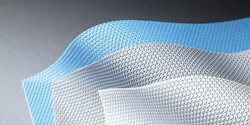
3. Specialty Laminating Films
Specialty laminating films are designed for specific applications and offer unique properties that standard films do not. These films can provide additional protection, enhance functionality, or add aesthetic appeal.
UV-Resistant Films: UV-resistant laminating films protect materials from the harmful effects of ultraviolet light, preventing fading and degradation. They are ideal for outdoor signage, posters, and any materials exposed to sunlight.
Anti-Graffiti Films: Anti-graffiti laminating films provide a protective barrier that makes it easy to remove graffiti and other markings. They are commonly used for public signage, transportation graphics, and other surfaces prone to vandalism.
Writable/Eraseable Films: Writable/eraseable laminating films allow you to write on the laminated surface with dry-erase markers and easily wipe it clean. They are perfect for creating reusable charts, calendars, and instructional materials.
- Textured/Embossed Films: Textured or embossed laminating films add a decorative element to the laminated material. They can mimic the appearance of leather, linen, or other textures, making them suitable for creative projects and high-end presentations.

4. Low-Melt Laminating Films
Low-melt laminating films are a type of thermal film that requires lower temperatures to activate the adhesive. These films are ideal for heat-sensitive materials and can be used with standard thermal laminating machines set to lower temperatures.
- Glossy Finish: Low-melt glossy films provide a vibrant, reflective surface that enhances colors and images. They are suitable for photos, presentation covers, and marketing materials.
- Matte Finish: Low-melt matte films offer a non-reflective surface that reduces glare and fingerprints. They are perfect for frequently handled documents, such as menus and instructional materials.
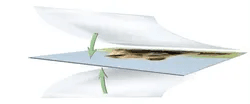
5. Encapsulation Films
Encapsulation films are thicker laminating films that completely seal the material, providing maximum protection. These films are often used for items that need to be waterproof, tear-resistant, and highly durable.
Glossy Finish: Encapsulation films with a glossy finish provide a shiny, protective layer that enhances the appearance of the material. They are ideal for outdoor signage, maps, and frequently handled documents.
- Matte Finish: Encapsulation films with a matte finish offer a non-reflective surface that reduces glare and fingerprints. They are suitable for instructional materials, menus, and other documents that need to be easily readable.

